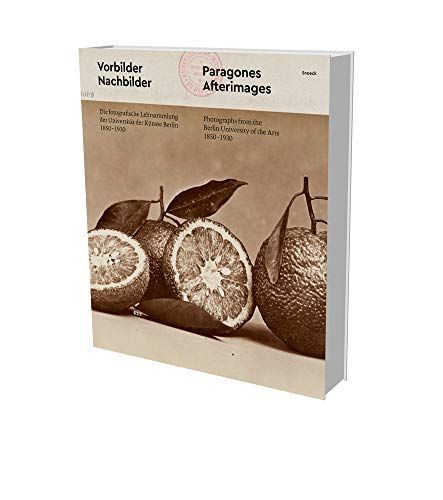
Paragons Afterimages Photographs from the Berlin University of the Arts, 1850-1930
How photographs became art: »Paragons & Afterimages« - the pair of terms refers to correlations between images, but also to their production, where reference is made to already existing images. In the art academies and schools of applied arts in the 19th and early 20th century, photographs served as »models« or »paragons« and served as their individual didactic type of image. Photographic reference material was an important aid in the creative practice of aspiring artists; and in the course of their use, »afterimages« were created in art classes: paintings, sculptures, drawings and graphics. The archives of the Berlin University of the Arts have preserved a unique and valuable photographic teaching collection that dates back to the 1850s and had already been created at the predecessor institutions, the Berlin Art Academy and the leading School of Decorative Arts. With approximately 25,000 individual photographic prints, and additional bundles and albums, this collection is unique in Germany. Hardly noticed for a long time, it has in recent years been archivally and scientifically reviewed. This collection is presented for the first time in this book and with the exhibition organized by the Münchner Stadtmuseum. The most common pictorial motifs include art reproductions, landscapes, nature studies of water, clouds, trees, plants, rocks etc., architecture, still lifes of fruits, glass etc., portraits, genre scenes as well as tableaux vivants, nudes and animal studies, oriental and historical representations. The original studies - distributed in France as »études d'après nature« - are by well-known European and American photographers, among them: Fratelli Alinari, Ottomar Anschütz, Karl Blossfeldt, Adolphe Braun, Eugène Cuvelier, Georg Maria Eckert, Constantin Famin, Wilhelm von Gloeden, Albert Renger-Patzsch, Jakob August Lorent, Gustave le Gray, James Robertson, Henry Peach Robinson, Giorgio Sommer, Carleton Watkins.